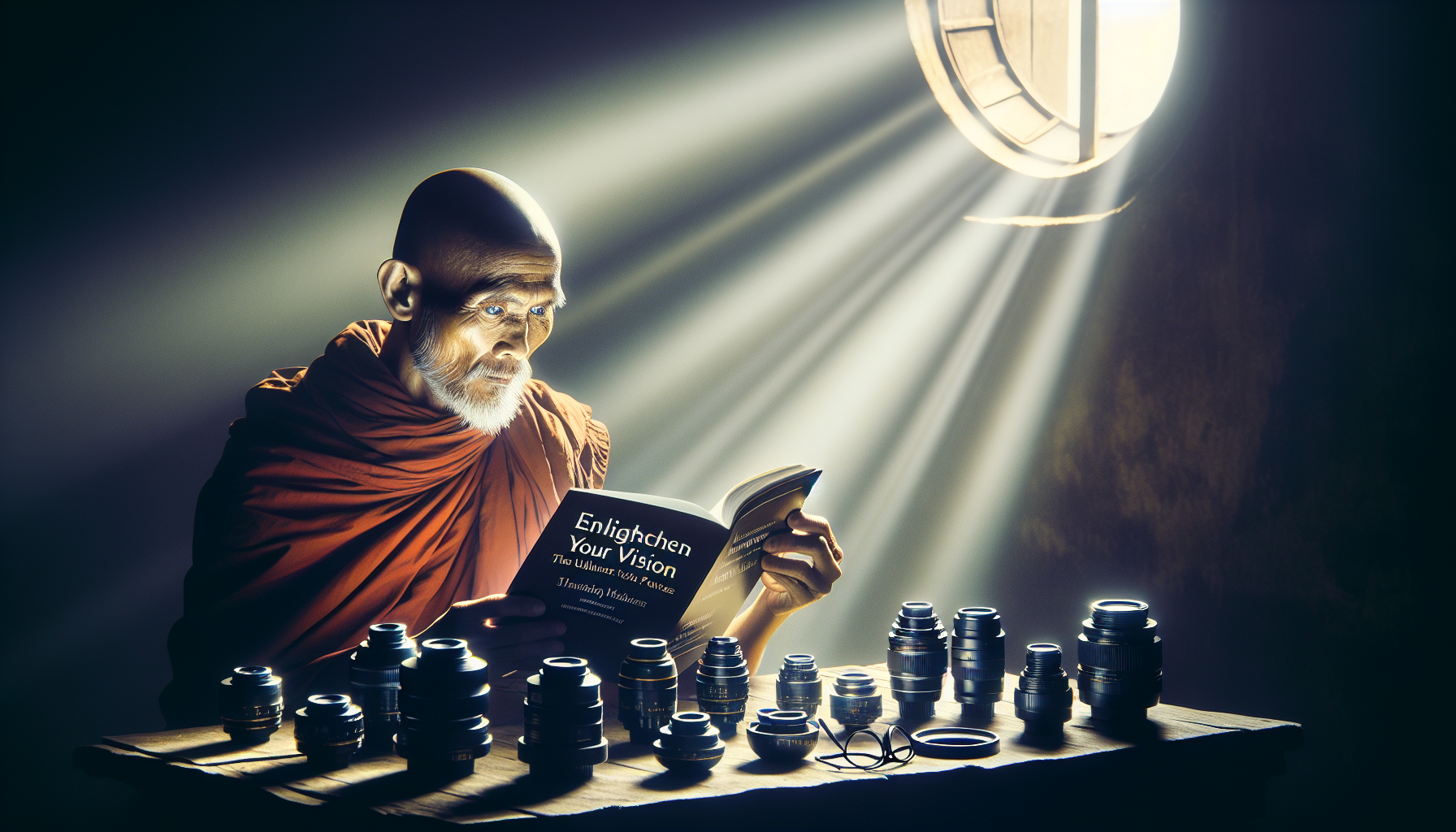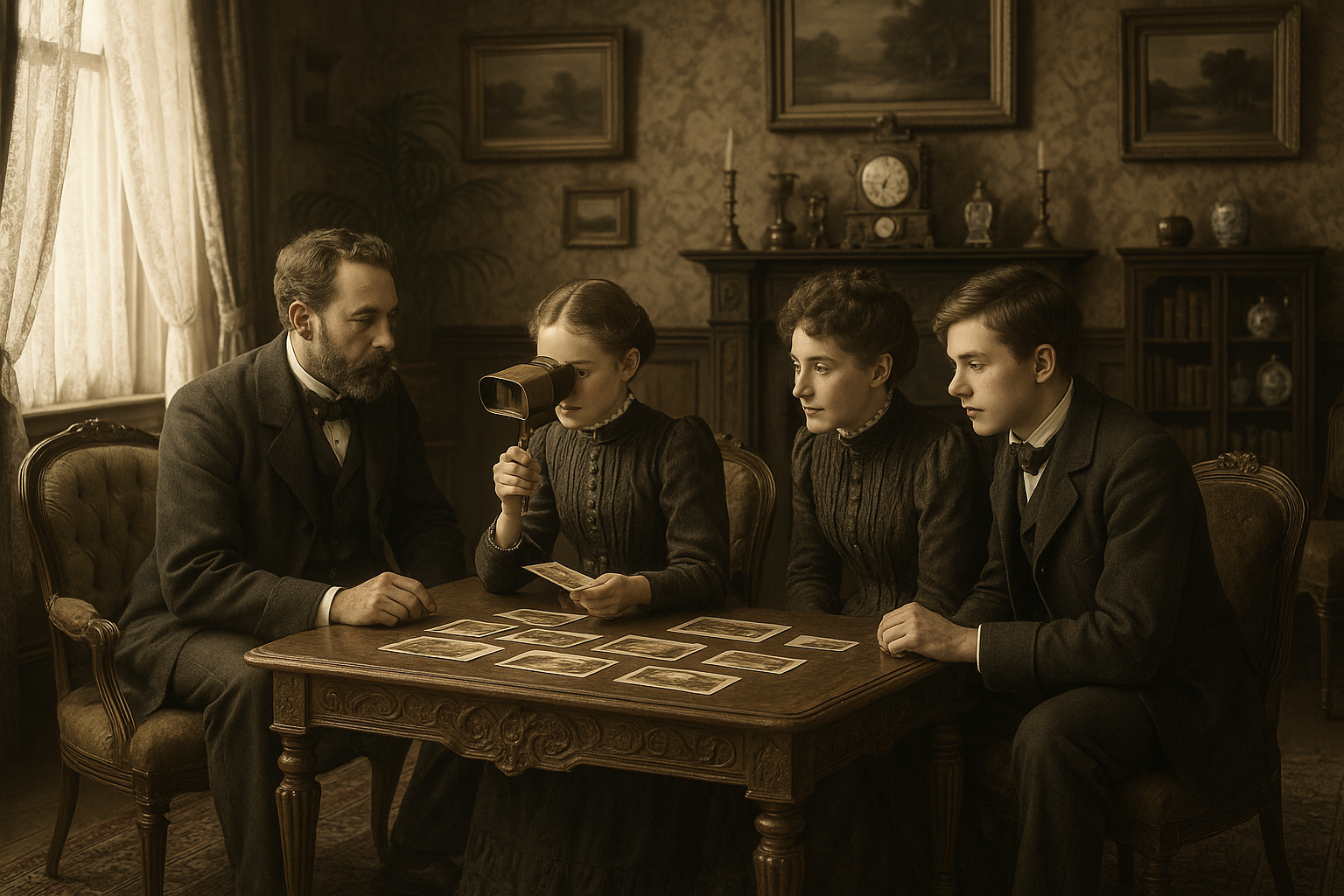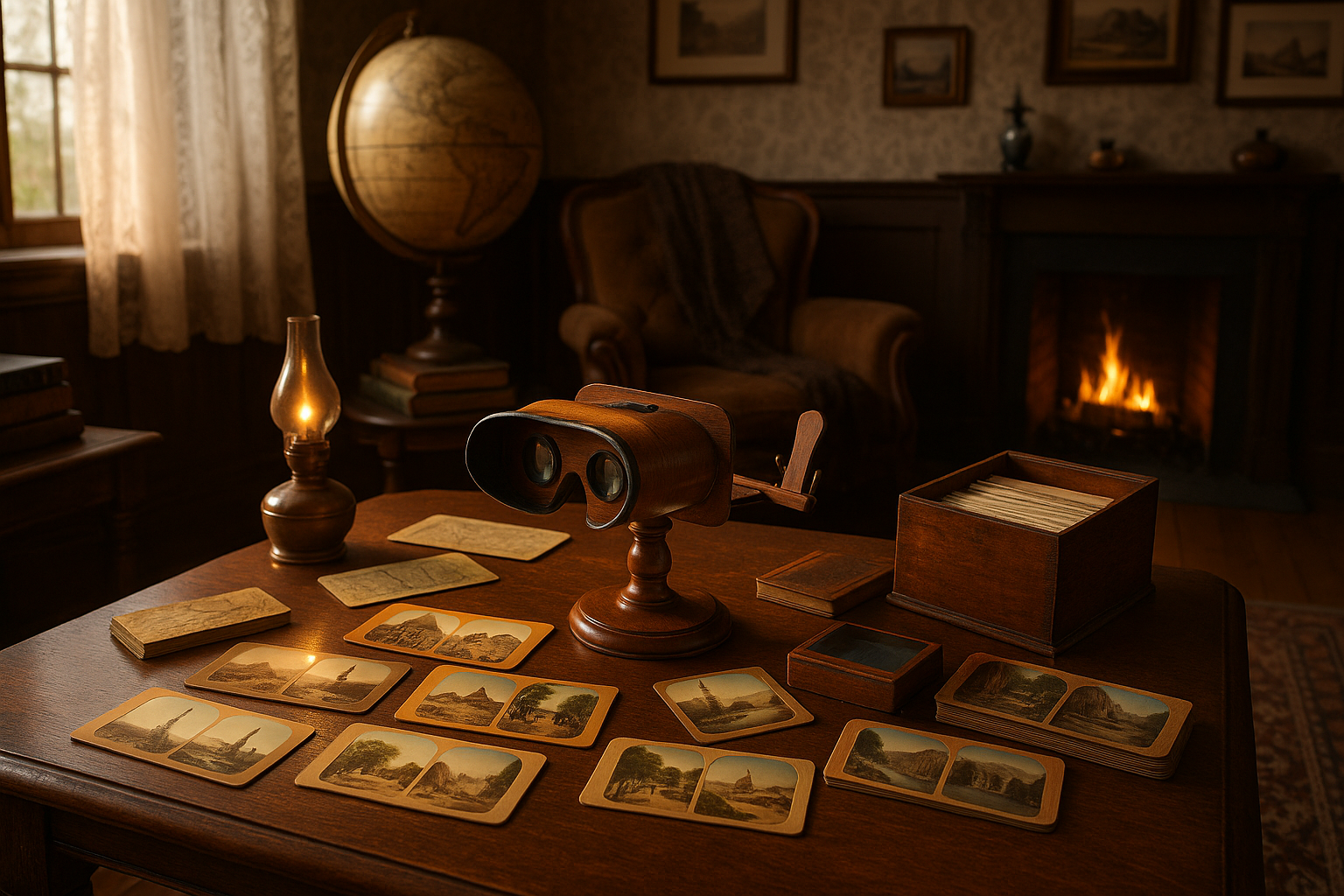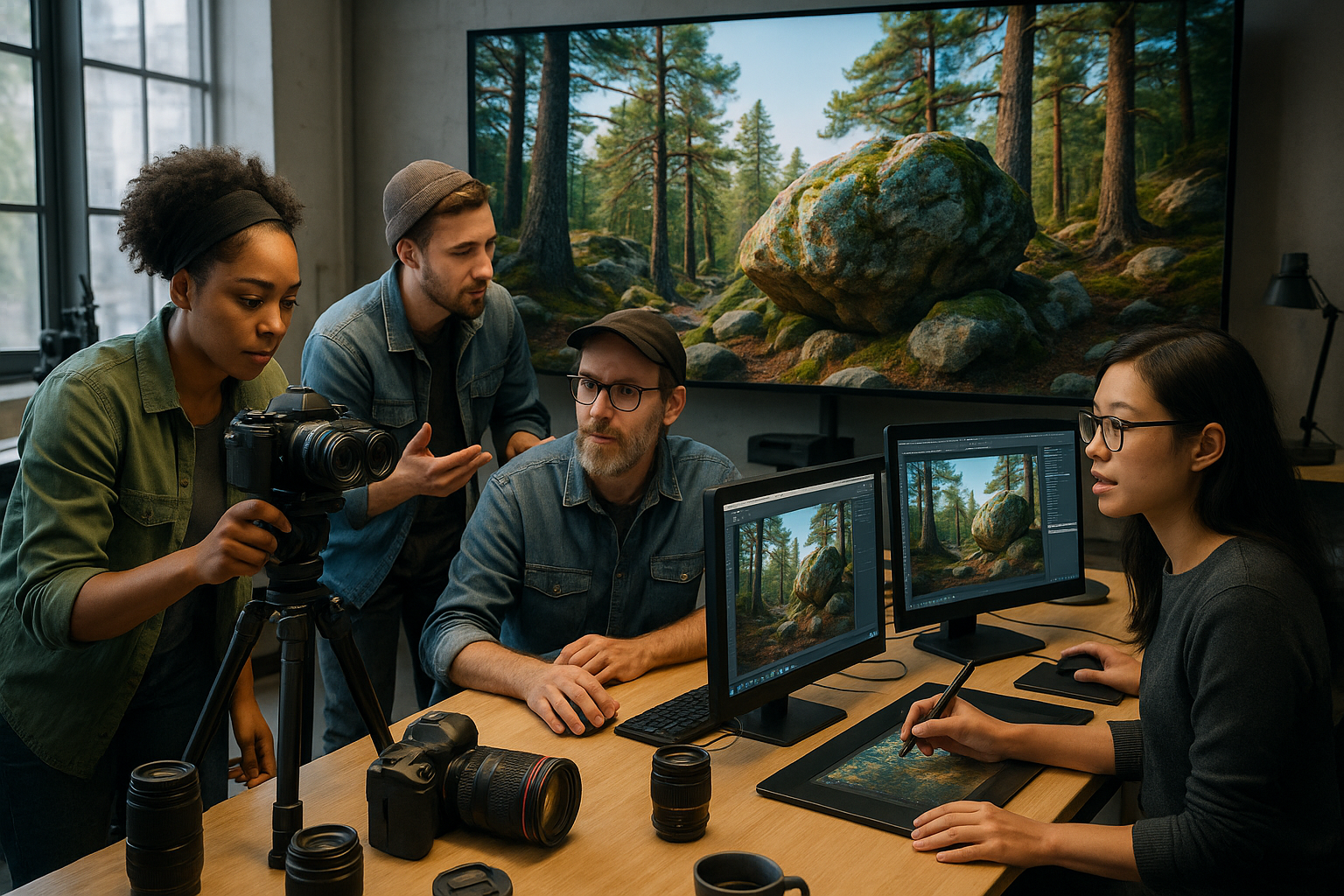In the tranquil silence of monasteries, where the chaos of the outside world fades into a distant murmur, the practice of mindfulness and meditation reigns supreme. Yet, in these serene enclaves, where clarity of thought and vision is paramount, monks have discovered an unlikely ally in the form of optical lenses. Welcome to “Enlighten Your Vision: The Ultimate Guide to Lenses for Monks”—a comprehensive exploration of how lenses are quietly revolutionizing the way monks perceive their surroundings and engage with their spiritual practices. 👓
For centuries, monks have sought enlightenment through introspection and deep meditation, striving to sharpen their inner vision. However, the quest for clarity isn’t solely an inward journey. Just as a perfectly polished lens reveals the minute details of a distant scene, the right optical lenses can enhance a monk’s connection with the world, making their spiritual and everyday experiences more vivid and profound. This guide delves into the fascinating intersection between spirituality and technology, highlighting how the evolution of lenses serves not only to aid in vision correction but also to augment the clarity of thought and focus, essential in monastic life.
As we embark on this journey, we will explore a variety of lenses, from traditional glasses to cutting-edge contact lenses and even specialized lenses used in ceremonial practices. Each type offers unique benefits, helping monks see their environments with greater detail and accuracy, ultimately enhancing their meditative practices. By understanding the science behind these lenses, monks can make informed choices that best suit their needs, allowing them to maintain the delicate balance between their spiritual and physical well-being.
The history of lenses in monastic life is rich and varied, spanning different cultures and epochs. We’ll take you through this historical tapestry, unveiling stories of ancient monks who were pioneers in optics, using rudimentary lenses to enhance their studies of sacred texts. You’ll learn how these early innovations paved the way for modern advancements that continue to support monastic communities worldwide. This journey through time will reveal how lenses have not only been tools of utility but also symbols of the quest for deeper understanding.
Finally, we’ll address the practical aspects of selecting and maintaining lenses in a monastic setting. This includes guidance on choosing the right lenses based on individual vision needs, tips for lens care that align with the simplicity and sustainability values of monastic life, and advice on integrating lenses into daily spiritual practices without distraction. Whether you are a monk, a spiritual seeker, or simply someone intrigued by the convergence of tradition and innovation, this guide promises to offer insights that enlighten your perspective and elevate your understanding of the world. 🕊️
Understanding the Needs of Monks: Vision and Lenses
Monks have unique requirements when it comes to their vision and the lenses they use. Unlike the average individual, monks spend significant portions of their day engaged in activities that demand focus, meditation, and reflection. These activities can strain the eyes, necessitating specialized lenses that cater to their lifestyle. Monks often live in environments where natural lighting varies, from dimly lit interiors of temples to the bright outdoors. Hence, lenses that adapt to changing light conditions can be incredibly beneficial.
Additionally, the spiritual practices of monks often involve reading ancient texts, which can be taxing on the eyes, especially if the scripts are small or intricately designed. Lenses that enhance clarity and reduce glare can improve this experience, allowing monks to immerse themselves fully in their studies. Furthermore, many monks participate in community services, traveling and engaging with the outside world, which requires lenses that are versatile and durable. Understanding these needs is crucial in providing the right vision solutions.
The environment in which monks live and work also plays a significant role in determining the type of lenses that would be most beneficial. For instance, lenses with blue light protection can be essential for monks who spend time using digital devices for research or communication. Moreover, lenses that offer UV protection are necessary for outdoor activities, safeguarding their eyes from harmful rays. The lifestyle of monks is not only about spiritual growth but also about maintaining physical health, and vision care is a vital component of this holistic approach.
The Science of Lenses: How They Work and Their Benefits
Lenses are more than just tools to correct vision; they are intricate devices designed to manipulate light in ways that enhance how we perceive the world. At the core of their function, lenses bend and focus light onto the retina, allowing us to see clearly. The technology behind lenses has evolved significantly, offering a variety of options tailored to specific needs and preferences. For monks, the choice of lenses can directly impact their daily life and spiritual practices.
There are several types of lenses available, each serving a different purpose. Single-vision lenses, for example, are ideal for correcting basic refractive errors like myopia or hyperopia. However, monks may benefit more from multifocal lenses if they need assistance with both near and far vision, especially when transitioning between reading and observing their surroundings. Photochromic lenses, which darken in response to light exposure, are also advantageous for monks who move frequently between indoor and outdoor settings.
Another critical aspect of lens technology is the material used. Modern lenses are often made from lightweight, impact-resistant materials that offer comfort and safety. This is particularly important for monks, who may not want their lenses to interfere with meditation or physical activities. Anti-reflective coatings can further enhance the performance of lenses by reducing glare and improving vision clarity, essential for reading and meditation. With these advancements, lenses have become indispensable tools for enhancing vision and supporting the unique lifestyle of monks.
Types of Lenses and Their Features
To choose the right lenses, it’s important to understand the different types available and their specific features. Below is a comparative table highlighting various lens types and their benefits:
| Type of Lens | Features | Benefits for Monks |
|---|---|---|
| Single-Vision Lenses | Corrects one field of vision (near or far) | Simple correction for basic refractive errors |
| Multifocal Lenses | Corrects multiple fields of vision (near, intermediate, far) | Versatile, supports reading and distant viewing |
| Photochromic Lenses | Darken in response to UV light | Adapts to light conditions, ideal for indoor/outdoor transitions |
| Blue Light Blocking Lenses | Filters harmful blue light from digital screens | Reduces eye strain from prolonged screen use |
Assista ao vídeo abaixo para entender mais sobre como as lentes são fabricadas e suas características específicas:
Understanding Lens Technology – EyeHealth Channel
Choosing the Right Lens for Your Spiritual Journey
For monks, selecting the right lenses is not merely about improving vision; it’s about enhancing their entire spiritual journey. The correct lenses can make a significant difference in how monks engage with their practices and interact with the world around them. Factors such as lifestyle, environment, and individual vision needs must be considered to make the best choice. Monks often prioritize simplicity and functionality, making it crucial to find lenses that align with these values.
Customization is key in providing monks with lenses that cater to their specific needs. Personalized lenses can be tailored to fit the unique requirements of each individual, considering factors such as prescription strength, lens material, and additional features like anti-glare coatings. By focusing on personalization, monks can achieve optimal vision without compromising comfort or style. This approach ensures that the lenses seamlessly integrate into their daily lives, supporting both their physical and spiritual well-being.
It’s also important for monks to regularly assess their vision needs, as changes in lifestyle or health can affect their lens requirements. Regular eye examinations are essential in maintaining eye health and ensuring that lenses continue to provide the best possible support. By staying informed and proactive about their vision care, monks can ensure that their lenses remain effective tools in their spiritual and everyday life. Encouraging a holistic approach to vision care empowers monks to navigate their spiritual journey with clarity and confidence.
Steps to Finding the Perfect Lens
- Assess Your Vision Needs: Determine whether you need correction for near, intermediate, or distant vision.
- Consider Your Environment: Evaluate the lighting conditions you frequently encounter, both indoors and outdoors.
- Choose the Right Material: Opt for lightweight, durable materials that won’t interfere with meditation or physical activities.
- Consult an Eye Care Professional: Seek advice from an optometrist to find lenses that suit your specific prescription and lifestyle.
- Regular Check-Ups: Schedule regular eye exams to monitor your vision health and update your lenses as needed.
Choosing the right lenses can significantly enhance a monk’s spiritual experience, providing clarity and comfort throughout their journey. By considering their unique needs and environment, monks can find lenses that support their vision and overall well-being.

Conclusion
Conclusion: Illuminating the Path Forward
As we bring our exploration of “Enlighten Your Vision: The Ultimate Guide to Lenses for Monks” to a close, it is vital to reflect on the key insights we’ve uncovered and the transformative potential they hold for those devoted to spiritual practice. The journey through the world of lenses, both literal and metaphorical, has opened a vista of possibilities for enhancing clarity, focus, and insight in the monastic life.
Throughout this guide, we’ve delved into the historical context of lenses and their symbolic significance in monastic traditions. From the ancient use of crystal spheres by Eastern monks to focus their meditation, to the adoption of reading spectacles in the Western monasteries of the Middle Ages, lenses have long served as tools for enhancing both physical sight and spiritual insight. This dual purpose underscores the unique position lenses occupy in the monastic toolkit, acting as both practical aids and spiritual metaphors.
One of the core discussions in this guide was the examination of various types of lenses and their specific applications in the monastic setting. We analyzed the benefits of bifocal and multifocal lenses for monks who engage in extensive scriptural study, allowing them to switch effortlessly between different focal lengths. This aspect is crucial not only for preserving eye health but also for maintaining uninterrupted flow during deep study sessions. For those engaged in artistic or manuscript work, magnifying lenses offer precision and detail, enhancing the quality of their contributions to the monastic community.
Equally important is the exploration of the metaphorical lenses through which monks view their spiritual journey. The concept of “inner lenses” serves as a powerful reminder of the need to cultivate perception and mindfulness. Just as physical lenses adjust and focus light, so too can the mind be trained to focus on spiritual truths, filtering out distractions and allowing for deeper understanding. This metaphorical framework is particularly resonant for monks, whose lives are dedicated to the pursuit of enlightenment and self-awareness.
In reinforcing the importance of this theme, it’s crucial to acknowledge the challenges monks face in maintaining their vision, both literal and spiritual, in today’s fast-paced world. The pressures of modernity can often cloud one’s inner lens, making the guidance offered in this guide all the more pertinent. By equipping monks with the knowledge and tools to care for their vision, we empower them to continue their vital work with clarity and purpose.
The insights gained from this guide have far-reaching implications, not only for monks but for anyone seeking to enhance their vision in both the physical and spiritual realms. The principles discussed can be applied to anyone’s life, encouraging a more focused, mindful approach to daily activities. In doing so, we foster a deeper connection to our surroundings and to our inner selves.
As we conclude, I urge you, dear reader, to reflect on the insights shared here and consider how they might apply to your own life. Whether you are a monk seeking to enhance your practice or someone on a personal journey of self-improvement, the lessons of this guide offer valuable tools for illuminating your path.
Please feel free to share your thoughts, experiences, or questions in the comments section below. Your insights and feedback enrich our collective understanding and help foster a community of learning and support. Additionally, sharing this guide with others can spread its benefits, offering others the opportunity to enlighten their vision.
In the words of the ancient philosopher, “The eyes are the windows to the soul.” Let us ensure that our windows are clear, focused, and open to the light of understanding and truth. 🌟
For further exploration, you might find these resources insightful:
–
–
Thank you for joining us on this enlightening journey. May your vision be ever clear and your path illuminated with wisdom and insight.
Toni Santos is a visual historian and artisan whose creative lens is captivated by the forgotten marvels of antique optical devices. Through his thoughtful storytelling, Toni revives the instruments that once transformed light into wonder—camera obscuras, magic lanterns, kaleidoscopes, and other ingenious tools that shaped our earliest visual imaginations.
His journey is rooted in a fascination with how humans have long sought to bend, reflect, and reveal the unseen. Whether tracing the mechanical poetry of 19th-century projectors or illustrating the tactile elegance of early lenses, Toni’s work invites us to see vision itself as an evolving art form.
Blending handcrafted design with historical inquiry, Toni brings to life the material soul of these devices—celebrating not just how they functioned, but what they meant. His creations and curated stories illuminate a world where science, illusion, and beauty were intricately linked through glass and brass.
As the curator of Vizovex, Toni shares detailed studies, reconstructed artifacts, and immersive content that help others rediscover the origins of visual technology and the magic of analog perception.
His work is a tribute to:
The craftsmanship behind early visual instruments
The wonder of seeing through the eyes of another century
The intersection of optics, art, and imagination
Whether you’re a collector, a designer, or someone drawn to the lost poetry of vision, Toni welcomes you into a world where light is a storyteller—one prism, one lens, one forgotten invention at a time.





